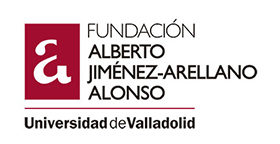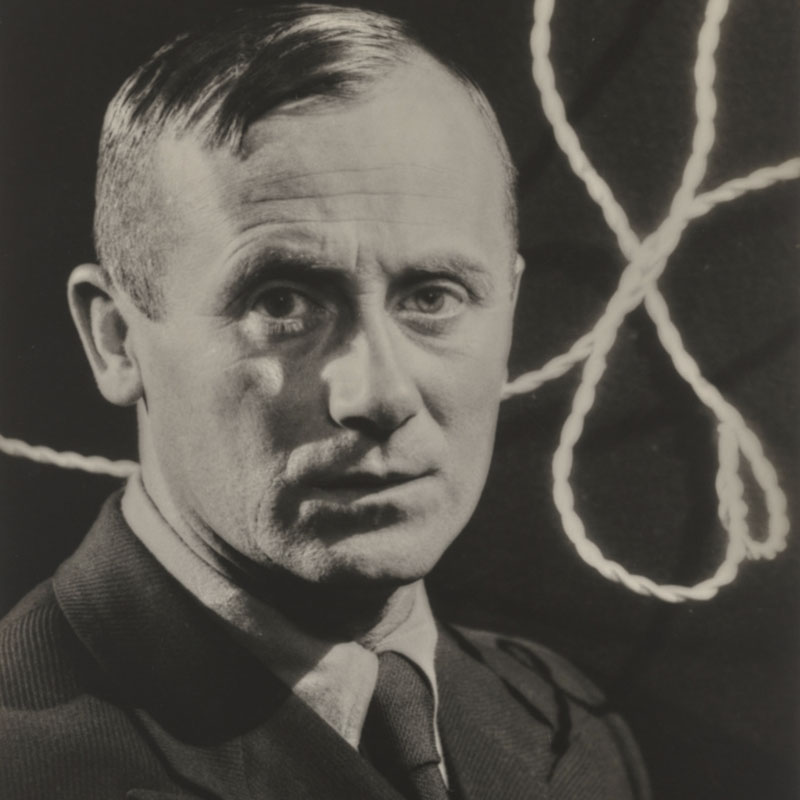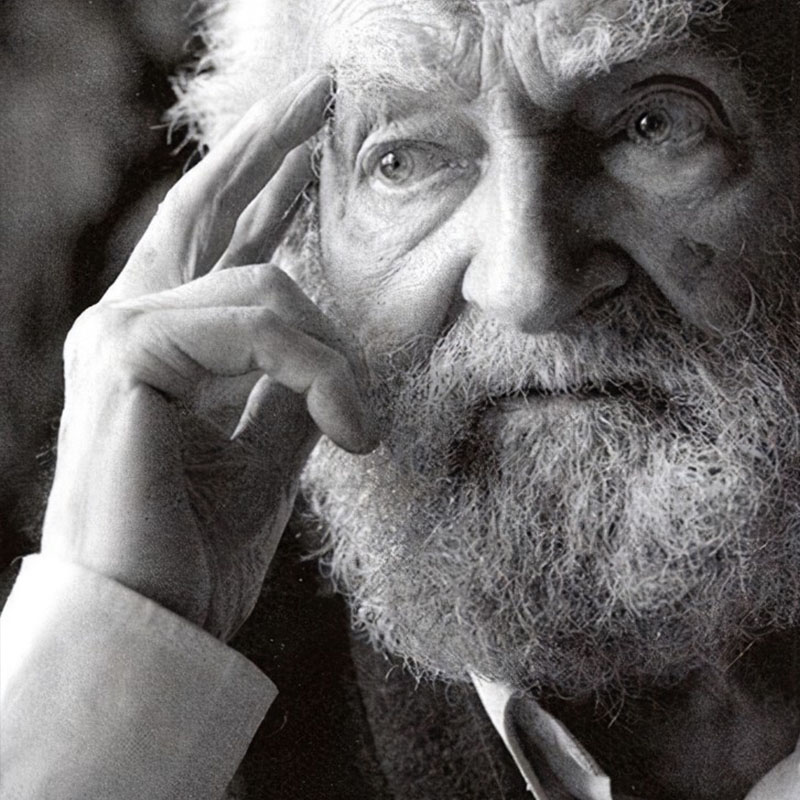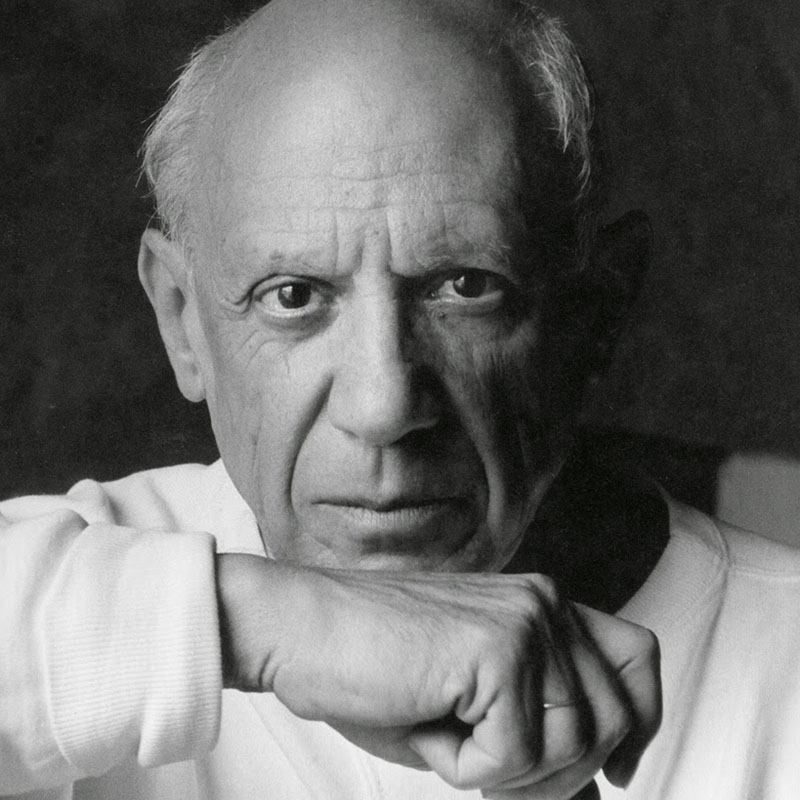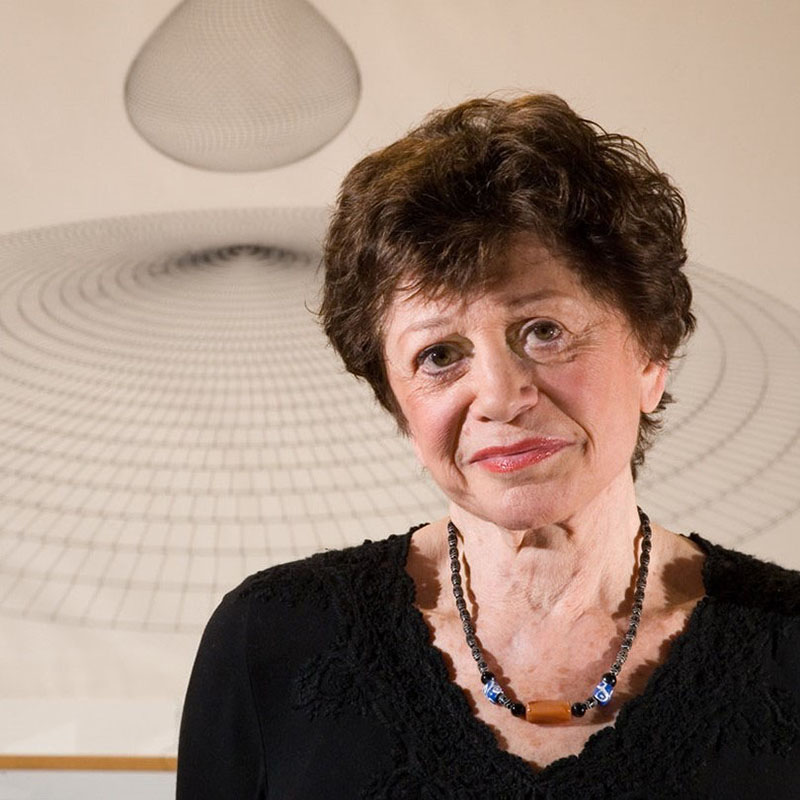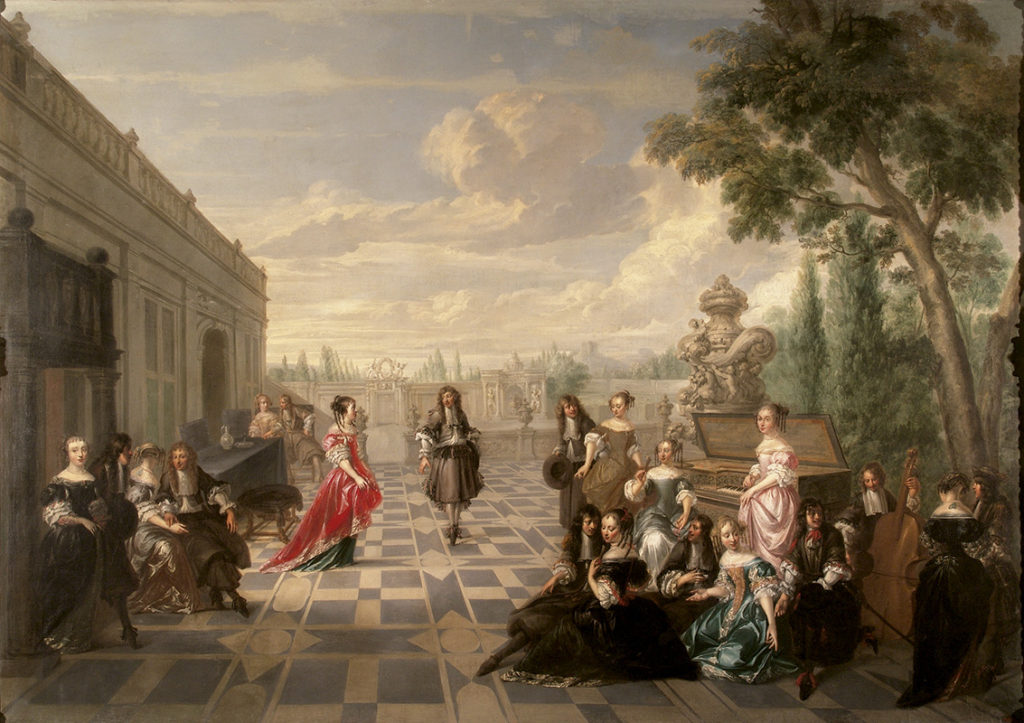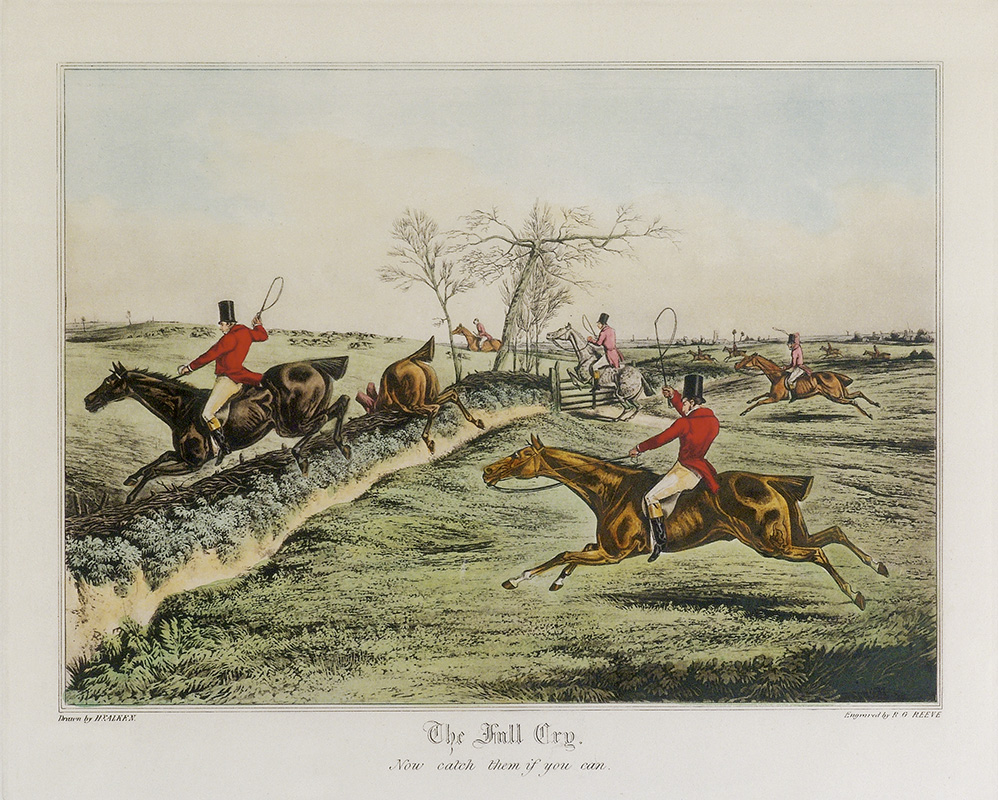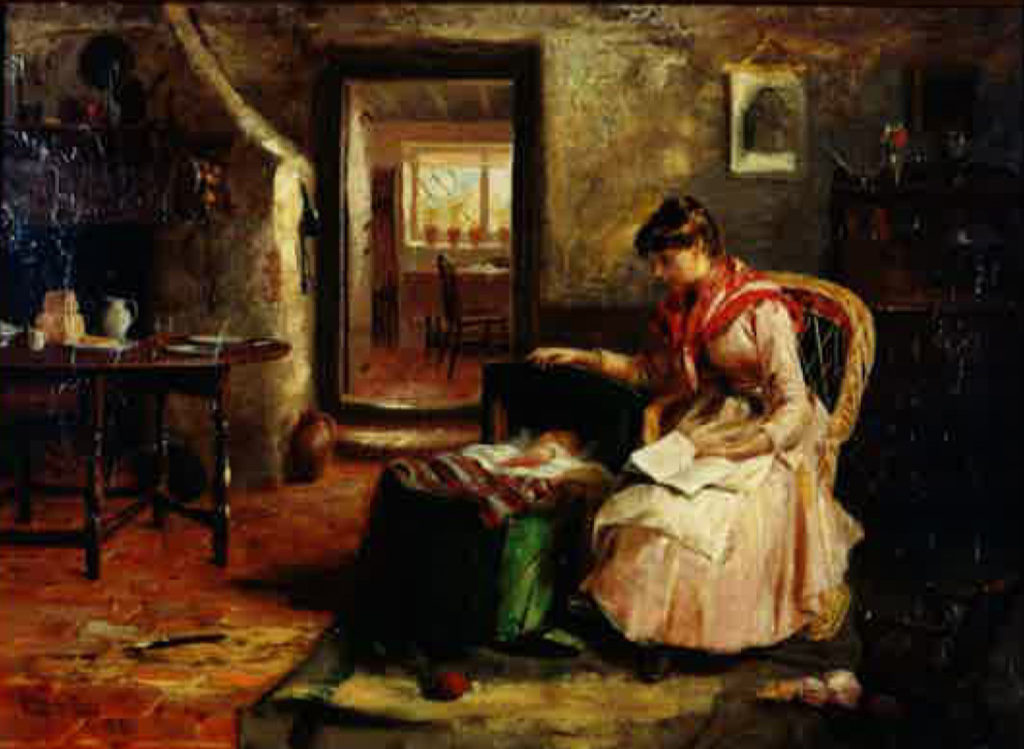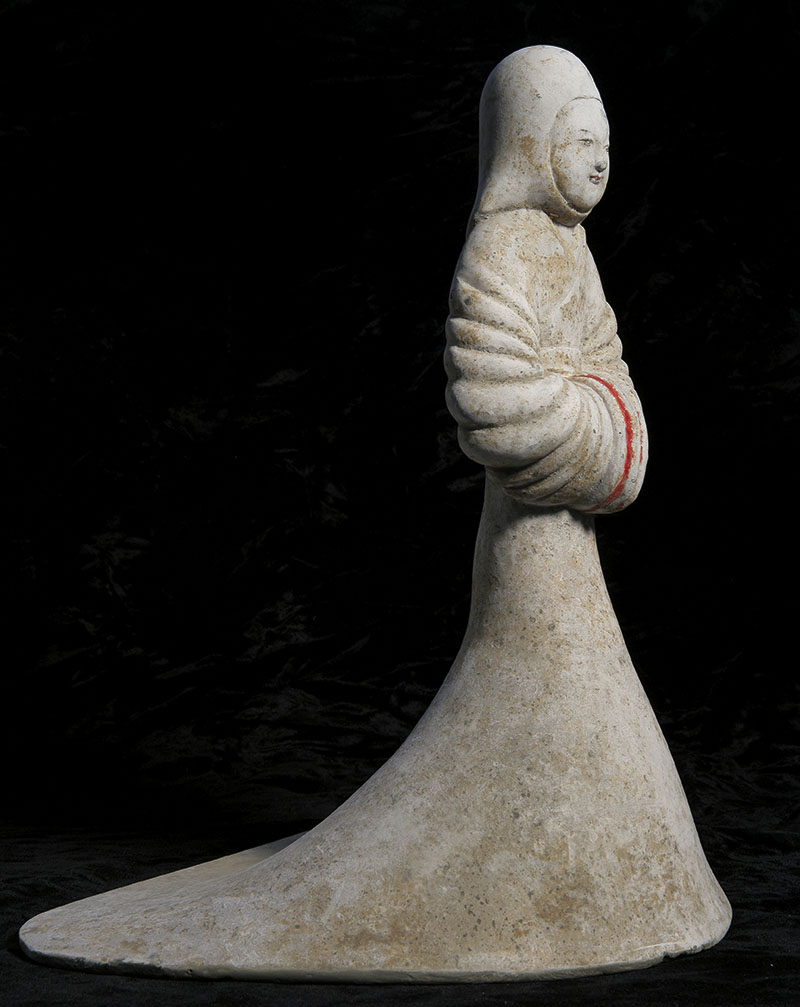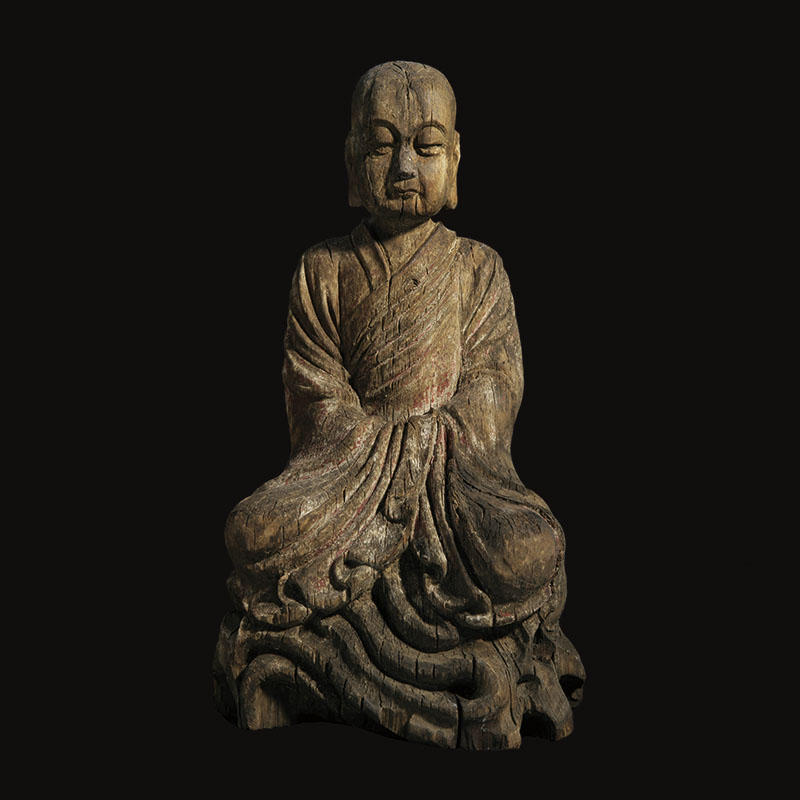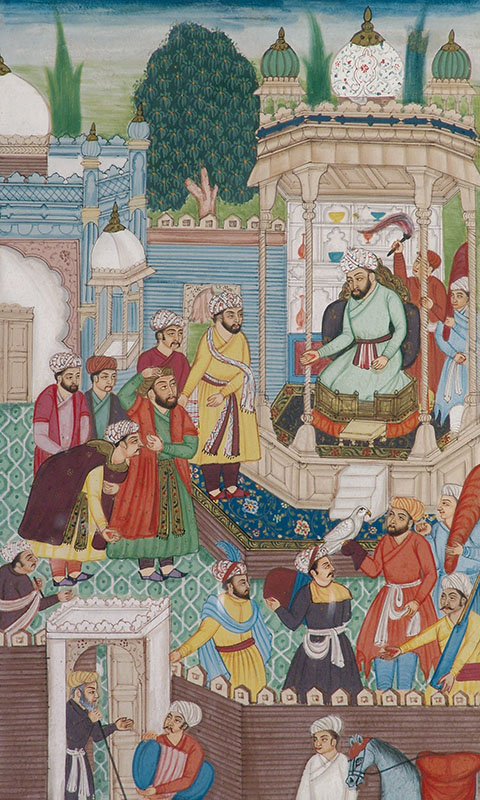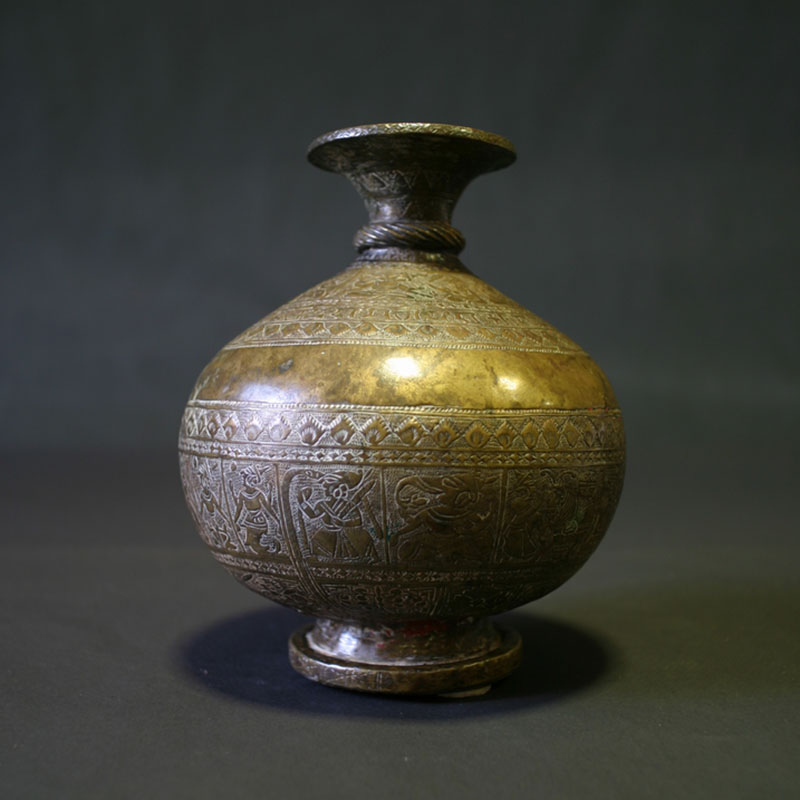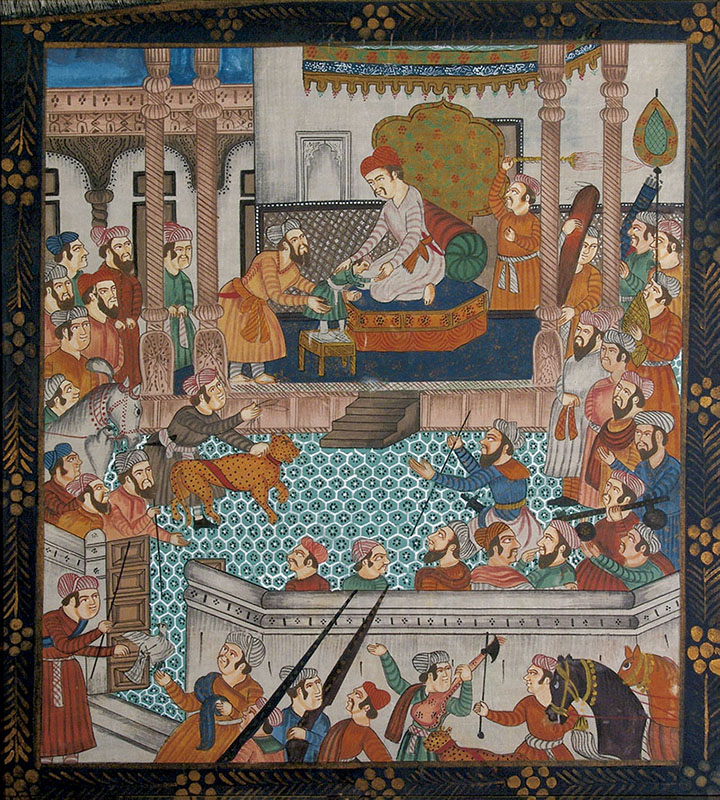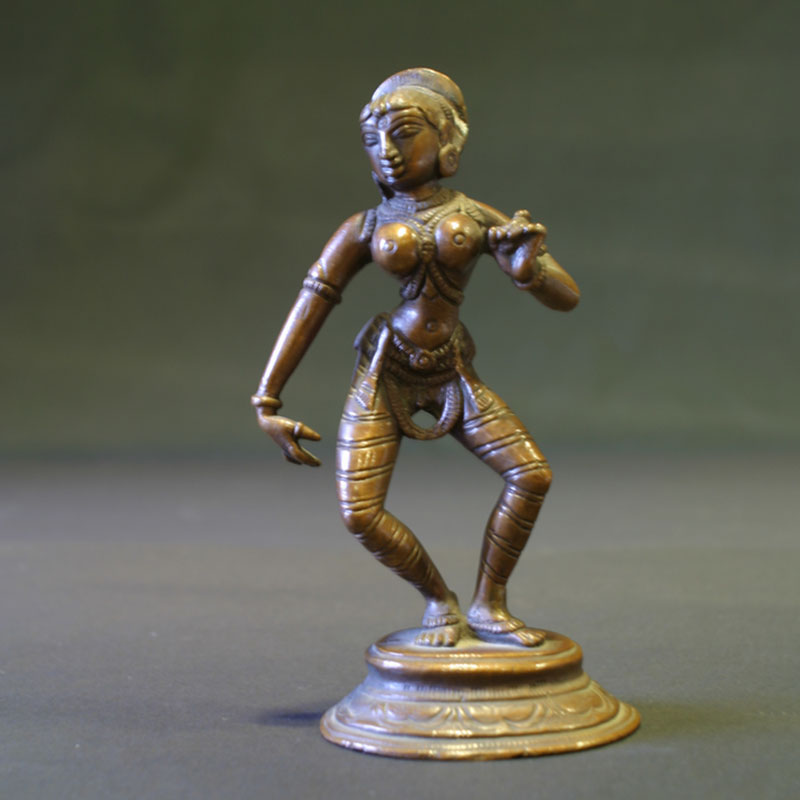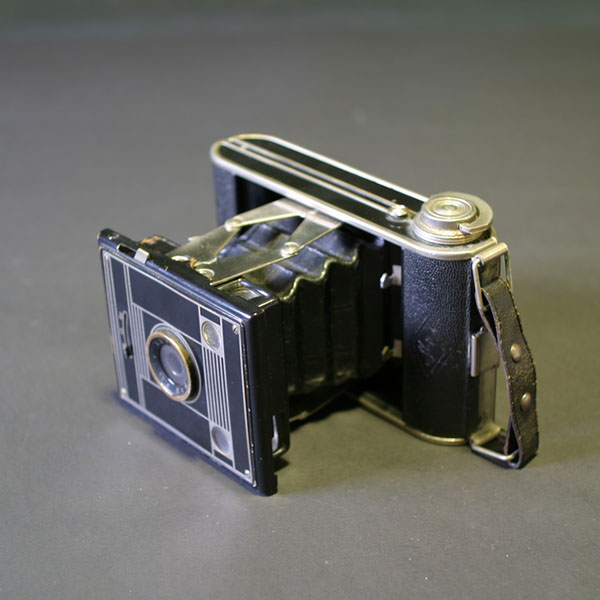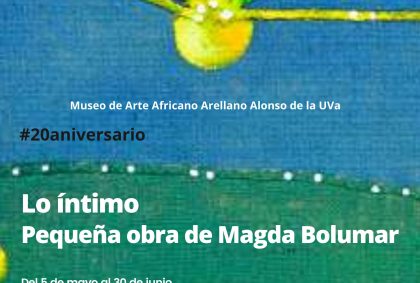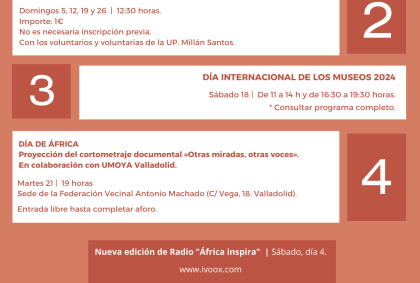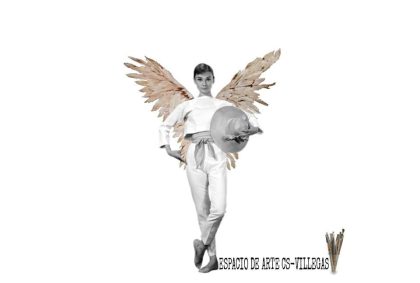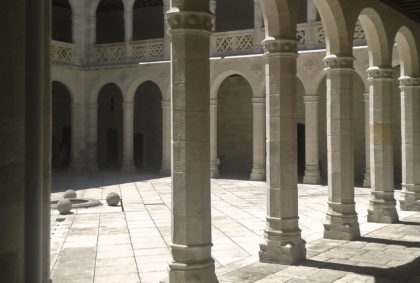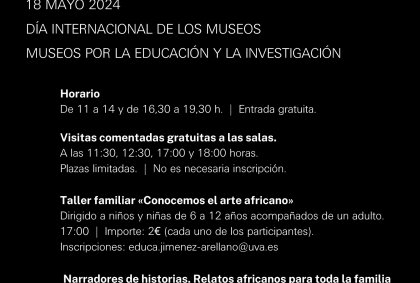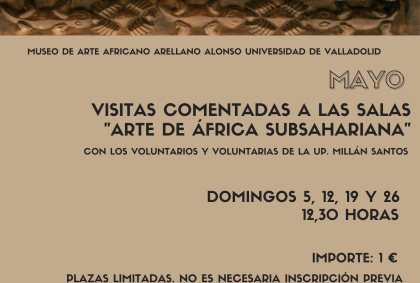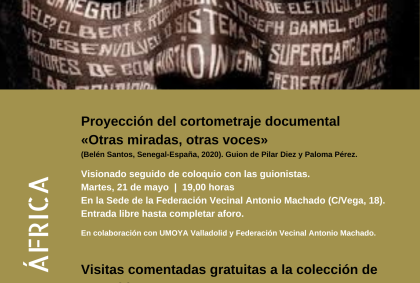1. CONTEMPORARY ART COLLECTION
The contemporary artistic forms cover a great temporary and esthetic space, where there is a considerable variety of important representatives who shape the twentieth century art.
Pablo Picasso, Joan Miró, Chillida, Antonio Saura, Manuel Millares, Chirino, Anthony Caro, Esteban Vicente, Daniel Vázquez Díaz, Pablo Palazuelo, Luis Gordillo, Rafael Canogar, Adolfo Schlosser, Luis Feito or Gerardo Rueda are the main representatives of this collection, and they will give way to the most recent creators belonging to the 90’s and the early twenty-first century. These representatives are Xavier Grau, Ángel Bofarull, Ricardo Cárdenas, Isidro Blasco, David Israel, and Gonzalo Sicre among other great names.
A subgroup that is worth to mention is the one of the Spanish creators, such as Carmen Calvo, Marina Nuñez, Esther Pizarro, Blanca Muñoz or Teresa Moro. All of them are included in the archives, and they represent the great prominence and importance of creative women in the current artistic scene.
In short, it is a collection that encompasses works belonging to authors with a self-space in art history, as well as renowned contemporary artists consolidated in the national and international artistic field.Partial view of the Contemporary Art Collection in Casa Junco in Palencia on the occasion of the exhibition “Lo cotidiano en el Arte Contemporáneo”. 2013.
- The renovation of the artistic language from 1920
The Foundation’s collection shows unique and unrepeatable artists who started the renovation of the Spanish artistic language that was established in the 20’s.
The collection includes pieces made by representatives who had their maximum influence by means of movements, such as CUBISM, focusing on the work of Daniel Vazquez Díaz (Nerva, Huelva 1882-Madrid, 1969), Pablo Picasso (Malaga, 1881-Mougins, France, 1973) or Ismael Gómez de la Serna (Guadix, Granada 1898-Paris, 1968).
Representatives of the LYRICAL FIGURATION like Francisco Bores (Madrid, 1898-Paris, 1972), who after working different pictorial trends, such as abstraction, will resume figuration, but, this time, reduced to the essential, without anecdotic or descriptive contents, and including interior scenes and still lifes.
Representatives close to SURREALISM, such as Joan Miró (Barcelona, 1893-Palma de Mallorca 1983), who will organize this artistic movement with well-organized tints and abstract appearance.
- Contemporary art from 1950
In the late twentieth century, the polymer transformations become evident, always following the example of the first creators. This way, the group “El Paso” will arise in 1975, and it will reflect the abstract language in Spain through Art Informel, since they considered that someone had to end with the standstill of Spanish art, paralyzed by the post-war period. Its paintings avoid figuration, seeking abstraction and the experimentation with materials and textures. The violent brush-strokes, the impasto, the sand and the glued objects are some of the elements which will be used for artistic creation.
Integrated by artists like Antonio Saura (Huesca, 1930-Cuenca, 1998), Manuel Millares (Las Palmas, Gran Canaria, 1926-Madrid, 1972), Rafael Canogar (Toledo, 1935), Luis Feito (Madrid, 1929), Manuel Rivera (Granada, 1927-Madrid, 1995) and Martín Chirino (Las Palmas, Gran Canaria, 1925).
Apart from them, relevant representatives of ABSTRACT EXPRESIONISM, such as Esteban Vicente (Turégano, 1903-Bridgehampton, New York, United States, 2001) and José Guerrero (Granada, 1914-Barcelona, 1991) will stand out. It is a trend in which abstraction possesses a surrealist base and looks for the rejection of the esthetic conventionalism, the spontaneous execution or the employment of rhythmic spots among many others.
Concurrently, surrealism was present in Spain with the GROUP DAU AL SET (in Catalan, the seventh face of the dice) formed by personages like Antoni Tàpies (Barcelona, 1923- 2012), Modest Cuixart (Barcelona, 1925-Palamós, 2007) or Joan Brossa (Barcelona, 1919- 1998), among others, who will reclaim the artistic creation against the dominant ideology in Spain. They will be linked to surrealism, which had been paralyzed during the Spanish Civil War, and they will prepare the Spanish Art Informel.
In addition, a renovation of sculpture will take place by the hand of artists like Moisés Villélia (Barcelona 1928-1994) who utilize organic elements, lightness, mobility and reticles to give room to abstraction, and Jorge Oteiza (Oriol, Guipúzcoa, 1908- San Sebastián, Guipúzcoa 2003), who will seek formal depuration that is present in the dialogue between substance and emptiness. This movement will keep renewed in the following decades thanks to artists like Eduardo Chillida (San Sebastián 1924-2002) and his search for space, substance, emptiness or scale, or José Abad (San Cristóbal de la Laguna, Tenerife, 1924) with an interesting use of wrought iron. Both will be followers of abstract language.
- Contemporary art from 1970
Abstraction catches on contemporary art and it will still be present in the 70’s in Spain. The group “El Paso” will be followed by the group “GRUPO DE CUENCA”, created by Gerardo Rueda (Madrid 1926-1966), which practices a new geometric abstraction. Pablo Palazuelo (Madrid, 1915-2007) or Manuel Hernández Mompó (Valencia, 1927-Madrid, 1992) develop a kind of art that combines the formal rigor and the importance of color.
Even more original are other trends that resume figuration and, in these years, they start to be present in the work of Luis Gordillo (Sevilla, 1934), considered one of the best Spanish informel artists in the 50’s, and a pioneer of the new tendencies in the 70’s (especially, the figuration of Madrid). He will also follow the trend established by “Dau al Set” and Alfonso Bonifacio (San Sebastián, 1933-2011), who is very related to the “Grupo de Cuenca” and he will create an informel style on the way between surrealism and abstract expressionism.
In the late 70’s, there will be diverse movements and styles in Spain that are captured in the work of Guillermo Pérez Villalta (Tarifa, 1948); postmodernist artist included in the new figuration of Madrid, but it will be based on the Pop Art influence with a more popular touch, using a fine but critical sense of humor at the same time. Finally, Dis Berlín (Mariano Carrera Blázquez-Ciria, Soria, 1959) has to be mentioned since he will work as painter, sculptor and photographer, imitating the close avant-grade forms, and going though different stages, such as abstraction or figuration.
- Women in the Foundation´s archive
The determination to spread the archives of the contemporary art collection lead us to make reference in a personalized way to the work of Spanish –and other European- female creators. All of them demonstrate the active role of women on the artistic creation from the 90’s, where they will actively reflect on women’s role in the current society and will make visible their inquisitiveness, worries, desires and hopes.
These are some examples of female painters and sculptors included in the collection:
– Carmen Calvo (Valencia, 1950). She is considered one of the most prominent artists in Spanish art. Carmen Calvo begins to work in the 60’s, seduced by Archeology, and incorporating ceramic fragments in her work. She will make collages and assamblages, which become sculptures and installations, giving birth to very theatrical pieces, and she looks for tridimensional experimentation in painting. Calvo has created her own universe in constant renovation; one of the most interesting proposals in current art.
– Agnes Denes (Hungary, 1931). She is a pioneer of both environmental and conceptual art, and she reflects on social, cultural and ecological matters in her artistic works (often in a monumental scale). Multifaceted artist, currently living in the US, has drawn and written various books, too, in which she reflects her interest in social sciences, mathematics, physics, literature, language or music, apart from developing teaching work.
– Concha Gay (Olmedo, Valladolid, 1953). This artist studied in the School of Arts and Design of Valladolid, city where she celebrated her first individual exhibition in 1982. From then on she had shown her sculptures in different cities, participated in contests, exhibitions… both national and international. Concha Gay has also sculpted public works, such as her “Sirens”, located in the plaza Martí y Mansó in Valladolid.
– Mónica gener (Valencia, 1968). This artist works with objects and references that are present in the individual and collective memory, with multiple personal implications in her work. It is common to find her photographs in boxes and recovered antique utensils. Many of her light boxes carry images inside; they are backlighted from glass bottles that remind the viewers of the jars kept in bathroom cupboards in the old days, bringing to their mind childhood moments.
– Teresa Lanceta (Barcelona, 1951). She has knitted for years, recovering a millenary Mediterranean tradition and incorporating it to the contemporaneity. After studying the relations between the geometric language of fabrics and that of abstract painting, she has created a personal work in which she takes advantage of the expressive capacity of fabrics. In the last years, she has made fabrics and “twills” with threads or paper, all of them of great beauty and complexity.
– Blanca Muñoz (Madrid, 1963). From drawing and engraving, she took the leap towards sculpting, which she considers as the “drawing in the space”. She works with steel tubes and cables, which she turns into sculptures related to astronomy and scientific invention, or to music and dance. Her pieces adopt instable harmonic balances, which provide them with mobility and lightness at the same time.
– Marina Núñez (Palencia, 1966). Even though she started working as a painter, Núñez has experimented with other technical media in the last years, such as digital reproduction or video. From the beginning, her work has a categorical ideological positioning on gender discourses, focused on the exclusion of women from 1992. She uses the image in order to project the place that traditionally has been assigned to women in the history of our culture, and she shows their suffering by means of deformed, tortured or forced bodies.
– Mar Solís (Madrid, 1967). Chirino’s disciple and collaborator of Eva Lootz, Mar Solís gestures with the materials, drawing in the space. Her works, first made in wood and then in steel, play with rhythm using curves and opposing curves, fighting against the material to achieve a full freedom of movement. A great richness of plastic touches and poetic inspiration are added to this liberty.
2. OTHER COLLECTIONS
Painting, sculpture, prints and drawings prior to the twentieth century
Los fondos de arte contemporáneo que posee la Fundación Alberto The most important contemporary art funds that the Alberto Jiménez-Arellano Alonso Foundation of the University of Valladolid has, with artists and works of the first order, is completed with a collection of artistic works included in these themes, but prior to the 20th century..
Important figures as Yañez de la Almedina (1465-1536) follower of Rafael, Hyeronimus Janssens (Antwerp, 1624-93) belonging to the Flemish School and who collaborated in the workshop of Pedro Pablo Rubens for the realization of the architectures and landscapes, besides being a student of Christoffel van der Lamen. He is called “the dancer” because of the theme of his paintings for specializing in dance scenes often located in palaces or balconies.
Also of the seventeenth century, the work of the Dutch painter and portraitist Danyel Mytens, the Old Man (Delft 1590-The Hague 1647) representing “James I of England” stands out, for having become the main painter of the English nobility and court until the arrival by Anthony van Dyck.
The important collection of English engravings by Philibert Louis Debucourt, engraver, and Carle Vernet (1758-1836) with drawings dated at the end of the 18th century, show us interesting hunting scenes, full of dynamism and costumbrism. Already in the 19th century, Henry Alken and R.G. Reeve will pursue the same theme. David Roberts’ engravings on the drawing and James B.‘s attention is drawn. Allen as an engraver who will show us interesting views of the city of Madrid.
Not to mention the French engravings of Jean-Baptiste Oudry, a very interesting painter and engraver who worked in the court of Louis XIV and E. Massard in the engraving, also from the 18th century, where hunting scenes also took place.
The collection of Italian engravings, dated in the first half of the 19th century, made by Giovanni Olivieri, with different views of Roman monuments.
This section is completed with 19th century paintings such as the copy as a painting by Rubens, or traditional paintings such as Victor Gabriel Gilbert or Thomas Luny, Alfred Stevens (Brussels, 1823-Paris, 1906), a Belgian realist painter who is interested in light and great coloristic sensitivity and is interested in interior scenes, portraits or genre scenes. Without forgetting the British Henry S. Tozer with intimate scenes of everyday life or the Belgian E. Verheyden (1806-1890).
Chinese art
The Chinese art group of the Alberto Jiménez-Arellano Alonso Foundation is formed by very important figures in terracottas, objects and paintings, located between the 3rd century BC and the 14th century AD, coinciding with the development of three great dynasties: Han, Tang, and Ming.
It was during the Han dynasty (206 B.C.-220 A.D.) that the production of clay sculptures linked to the funerary art reached its first great golden age. The second will arrive with the Tang dynasty (618-907 AD). These pieces, called ming-k´i, were deposited in the tombs of emperors, high dignitaries or the local aristocracy, in order to serve as a defense or service in their journey to the afterlife. They were miniature replicas of ladies, servants, concubines, soldiers, musicians, dancers, acrobats and even animals such as horses, pigs, and dogs. They were placed in the tombs following the prohibition of human sacrifice in the 5th century BC.
Although some figures were modeled individually, most of them are from molds. They are in any case very realistic with a lot of detail in the garments. Considering that they are “types”, not of specific individuals.
They present white engobe on which polychrome is applied, observing the aesthetic interest and which helps us to know some aspects of the life of the court and society.
The Court was governed by diverse rules, rites, ceremonies, and receptions that were repeated without a minimum of variation. The Emperor resided in the Imperial Palace where he resided with the Empress along with her younger sons, ladies, concubines, eunuchs, the Imperial Guard, and ultimately with government officials.
In addition, the presence of women and men musicians was common, since music is appreciated for its beauty and for the beneficial influence it exerts on men; they were key to protecting the social and political order.
Another interesting aspect is the war because, until the 6th century BC, military campaigns were carried out cyclically, at fixed times of the year, thus avoiding the most adverse weather conditions and the interruption of agricultural and artisanal work. Warriors were noble and horses were an essential part of the military strength and a symbol of primacy.
Religion in imperial China appears to be linked to philosophy. In ancient times, Confucianism, Taoism, and Buddhism coexisted. While the first two arose in China, the third one was born in India, with the first communities in China being mentioned in 65 A.D., especially during the Tang period. Buddhism included the cult of images for temples and tombs. The most abundant are those of the Buddha himself in different attitudes, being able to appear accompanied by several Luohan (“he who has nothing more to learn”), in reference to his favorite disciples.
Indian art
The exhibition of Indian painting and sculpture is of great interest since it allows us to approach some artistic manifestations of this millenary culture that continue conserving their traditions throughout the centuries.
The PAINTINGS are exponents of the legacy of the art of miniature art that developed in India between the 16th and 19th centuries and which are divided into two large groups: the Mughal miniature (1526 to 1857) and the Rajput.
With respect to the first one, the emperors commissioned large projects of manuscripts with miniatures in order to enhance their exploits and legitimize their power in the so-called namas. Many of these miniaturists came from Persia and took care of teaching their style to the local artists, creating a unique style where the conceptual, refined and chromatic is mixed with the naturalness and expressiveness.
This creative impulse of the Mughals was followed in the courts of the Rajput princes, Hindu clans established in northern India who maintained their local power under the Mongol empire. The paintings are characterized by simple compositions, intense chromaticism and expressive immediacy. Although they also deal with historical and literary issues, there is an abundance of religious themes related to different aspects of Hinduism.
With regard to SCULPTURE, Indian art will focus on religion to represent the Buddhist and Hindu currents, which developed complex iconographic programs adapting plastic expression to their philosophical-religious thoughts.
With regard to Buddhism, its representation will take place from the 2nd century onwards to capture the attention of the faithful. They are hieratic representations that communicate thoughts through the mudras (the gestures that the images make with their hands).
The Hindu sculpture, on the other hand, will be very expressive and with a complex symbology. For example, the iconography of Ganesa, the son of Siva and Parvati, comes from his story that begins when Siva returned from a long journey and surprised Ganesa as he watched over his mother’s bathroom and, blind with jealousy, cut off his own son’s head. Realizing his mistake, he immediately replaced it with that of the first animal he found, an elephant.
Other collections
The collection of the Alberto Jiménez-Arellano Alonso Foundation ends up being completed with a series of pieces of diverse origins such as the decorative figures of art from the Middle East, such as enamelled vessels, inkwells, which we can date from the 16th to the 17th centuries; or objects from Uzbekistan or the Republic of the Union of Myanmar (Burma), all of them based on everyday and/or religious objects.
In the BALINESE PAINTING there are interesting scenes where the horror vacui predominates, courtesan themes, religious (normally Hindu through the Ramayana and the Mahabharata), mythological and legendary where an absence of the expression of time, space and perspective is observed. His lively, active, colorful and naturalistic style is still naive.
We complete the collection with artistic objects from the rest of the continents such as the AUSTRALIAN with 20th century aboriginal paintings by the author Birribob Watson who belongs to the Kunwinkju tribe, with themes related to his own history and spiritual and traditional ties; or Gary Djorlom son of the famous painter Yizawala or Jenny Tjalyiri who belongs to the Pitjawtjadjara tribe.
The collection of DECORATIVE OBJECTS and FURNITURE, of great importance for belonging to the Talavera ceramics or the Art Deco Movement, are some examples of this subsection.
Finally, we must highlight the very interesting collection called INDUSTRIAL ARCHAEOLOGY, useful objects since the beginning of the century and that due to technological advances are being relegated to second place by others of greater modernity. This section is made up of cameras, sewing machines, cash registers….and many other elements used throughout this century.
